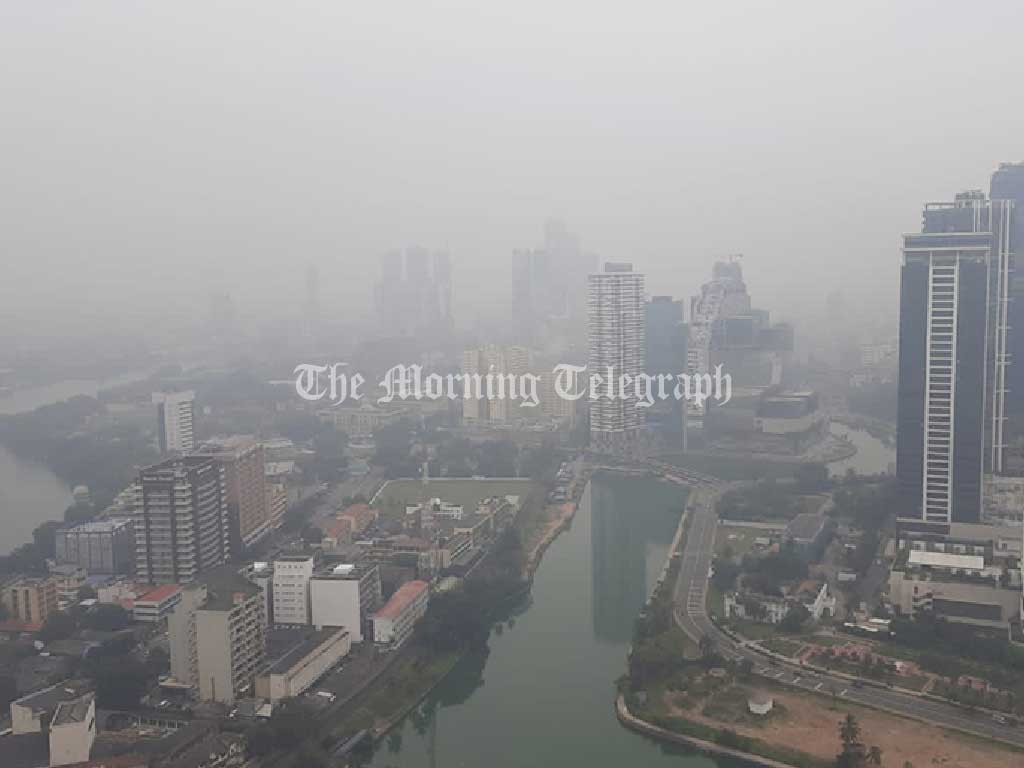
The air quality across several regions of Sri Lanka has deteriorated significantly, according to Dr. Ajith Gunawardena, the Media Spokesperson for the Central Environmental Authority (CEA). This decline is attributed to the recent heavy rainfall and the influx of air pollutants from northern and cross-border regions, exacerbated by adverse weather patterns.
Sri Lanka’s Air Quality Index (AQI), which ideally should remain below 50 to indicate good air quality, has risen beyond acceptable levels. Many areas are now experiencing a hazy, dust-like atmosphere that resembles fog. These airborne pollutants, carried into the country by shifting wind patterns, have led to an overall reduction in air quality, posing a potential health risk.
Dr. Gunawardena reassured the public that the situation is expected to improve by the 30th of this month, as weather conditions stabilize and pollutant levels decrease. However, he emphasized the need for heightened caution, particularly for individuals with respiratory issues such as asthma or bronchitis, who may be more vulnerable to the current poor air quality.
Residents are advised to limit outdoor activities, especially during peak pollution hours, and to wear protective masks if necessary. The CEA continues to monitor the situation and will provide updates as conditions change.




